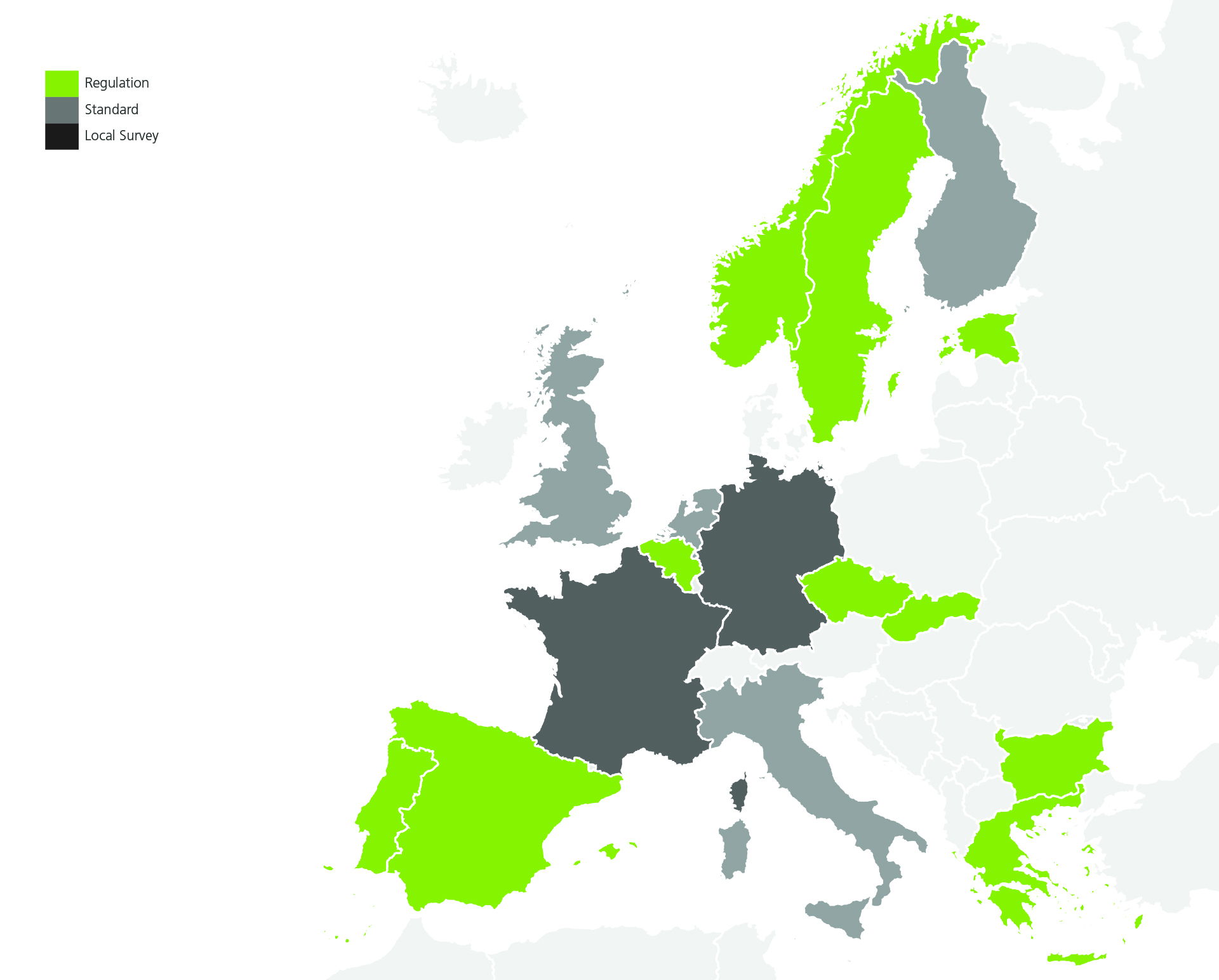What is CPR?
This is a short and easy to read explanation of the CPR and how it applies to fiber optic cables and copper balanced cables.
The Construction Product Regulation (CPR) (EU No.305/2011) provides regulatory rules by using a harmonized standard (EN 50575:2014/ A1:2016) for the “reaction to fire” of cables permanently incorporated into buildings and construction works. Published in the Official Journal of the European Union (OJEU) C209 in June 2016 and mandatory from 1st July 2017.
Reaction to fire: What happens to a cable when it burns?
Heat and Flames
- How much heat is generated/how far does the flame spread?
- Does the burning cable cause other items nearby to start burning?
- Does the cable jacket material self-extinguish in a small fire?
Smoke
- How much smoke is the burning cable generating?
- Can I see the fire escape signs through the smoke?
Flaming droplets
- Are there flaming droplets or particles?
- Does the burning cable in the ceiling spread the fire to the floor or harm escapees or fire fighters with flaming droplets?
Acid Gas
- Are there acidic chemicals in the smoke that could damage my lungs?
Reaction to fire: How is it measured and classified?
A set of test methods are identified in the specification EN 50575 for determining the “reaction to fire” combined with the requirements for classification and CE marking of the product.
The EU have approved New Approach Notified and Designated Organisations (NANDO) test laboratories which must be used to provide the classification of the “reaction to fire” of the cable using fire test methods specified in EN 50399, classification methods specified in EN 13501-6 and manufacturer auditing for Assessment and Verification of Constancy of Performance (AVCP) System 1+.
The table below shows how the “reaction to fire” Euroclass is constructed, AVCP systems, types of “reaction to fire”, relevance to data/optical cables and notes for further explanation. An example of a EuroClass is Cca s1b d2 a1 – where “ca” refers to cable.
Cable
The CPR applies to all cables which are permanently incorporated in a building or construction works. The supplied cable will have a CE label on the drum flange, on the box, or in the packaging. This label identifies the Declaration of Performance (DoP) number, unique product name, manufacturer, NANDO Lab number, and “reaction to fire” classification. The DoP is the Declaration of Performance from the manufacturer indicating the “reaction to fire“ performance of the cable. Every cable design is tested for “reaction to fire” unless there are “extended application” (EXAP) rules set up” in TS 50576.
Buildings
The CPR does not specify which Euroclass is required for the cable to be permanently incorporated inside the building or construction works. The building owner is required to specify the correct Euroclass given by the national regulation, however, not all countries have a national regulation for CPR. Countries may have a local standard which can be used to specify Euroclass in a commercial contract alternatively the insurer of a building may have Euroclass requirements. In the absence of any national regulation or standard, the building owner may have to seek local guidance. The map below shows the status, during 2018, of countries which have a national regulation, national standard or local survey.
Reaction to Fire Classification (EuroClass)
| Heat Release/ Flame spread | Aca | B1ca | B2ca | Cca | Dca | Eca | Fca |
|---|---|---|---|---|---|---|---|
| Reaction to fire | No contribution to fire growth and no smoke hazard | Combustible but has very little burning | Limited fire growth rate and show a limited heat release rate | Similar to wood, continuous flame spread, a moderate fire growth rate, and a moderate heat release rate. | Small flame attack, is not causing a large flame spread | Cables that fail Eca | |
| Additional categories | None | Additional categories | Additional categories | None | None | ||
| Smoke1 | s1a, s1b, s1, s2 or s3 | s1a, s1b, s1, s2 or s3 | s1a, s1b, s1, s2 or s3 | s1a, s1b, s1, s2 or s3 | |||
| Flaming droplet/particle2 | d0, d1 or d2 | d0, d1 or d2 | d0, d1 or d2 | d0, d1 or d2 | |||
| Acid gas3 | a1,a2 or a3 | a1,a2 or a3 | a1,a2 or a3 | a1,a2 or a3 | |||
| AVCP | System 1+ (factory audit, regular test of product and repeat factory audits by NANDO) | System 3 (test of product by NANDO) | System 4 (test by manufacturer) |
||||
| Relevant to fiber optic cables | No | No | Indoor or indoor/outdoor cables | Outdoor cables used in “works” | |||
1: s1a 80%, s1b 60% transmittance; s1, s2 smoke production (lower/higher), s3 – no classification or requirement
2: d0 none within 1200s, d1 none lasting more than 10s within 1200s, d2- no classification or requirement
3: a1 conductivity < 2,5 μS/mm and pH > 4,3, a2 conductivity < 10 μS/mm and pH > 4,3, a3 – no classification or requirement
CPR Applies to EU + EAA Countries

At AFL Hyperscale we provide CPR classified, CE marked cables for your needs; see our website for fiber optic cables and copper cables.
If you do not see the cable you need please ask us as we are always adding new cables.




